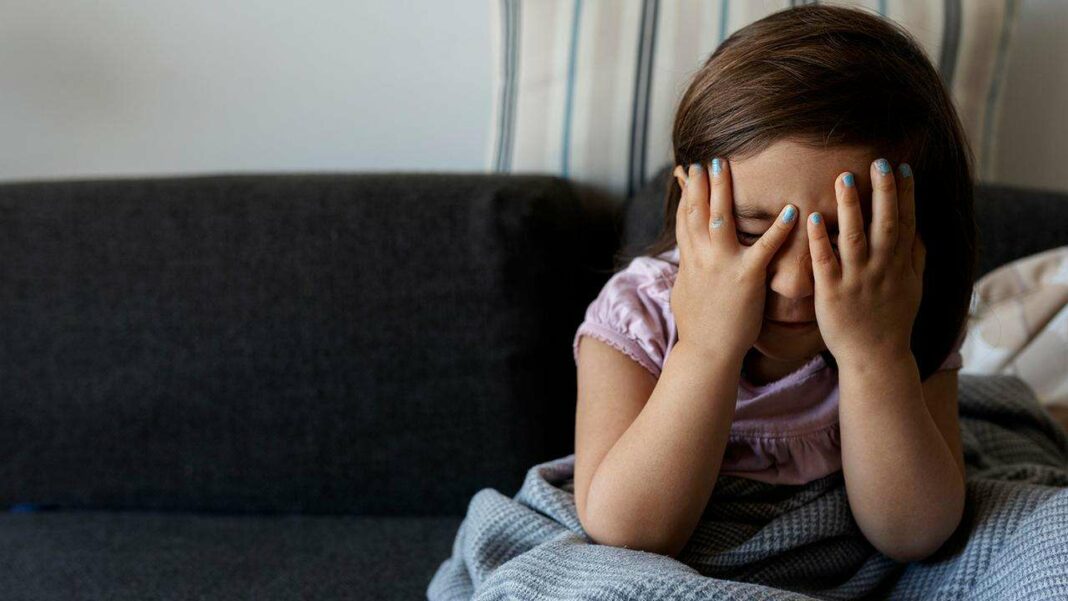Stress-induced tension headaches and migraines are increasingly affecting children, with significant rises noted in diagnoses over recent decades. Experts recommend that children attend school despite experiencing discomfort to prevent school avoidance. Factors such as physical inactivity and excessive screen time contribute to headache prevalence. A healthy lifestyle, including regular exercise, is essential for management. Although migraines often have a genetic component, tension headaches may signal the need for lifestyle changes.
Stress-Induced Tension Headaches and Migraines in Children: Understanding Treatment and Alternative Approaches
Would you allow your child to attend school while experiencing a severe migraine? Most parents would instinctively say no. However, experts suggest that this perspective might need to be reconsidered. Attending school, even when discomfort is present, can help children dissociate academic environments from pain in the long run.
This approach may also mitigate the risk of school avoidance. “It may sound alarming, but the headache typically subsides after some time,” states Peter Kropp, director of the Institute for Medical Psychology in Rostock. The outdated belief that “headaches aren’t real because you can’t see them” still lingers, yet many questions about migraines, tension headaches, and cluster headaches remain unanswered.
Rising Incidence of Migraines in Children
Statistics indicate an urgent need for innovative strategies to combat headaches among children. A comparison of data from the 1970s to the early 2000s reveals a sixfold increase in the chances of a child experiencing migraines without aura. Even more striking is the eightfold rise in those diagnosed with migraines accompanied by neurological disturbances. The German Migraine and Headache Society reports that nearly ten percent of children and adolescents in Germany suffer from migraines.
The growing prevalence of anxiety and stress in young people has become increasingly concerning, leading to the introduction of mental health coaches aimed at providing support.
Headaches Linked to Physical Inactivity
Researchers have found it challenging to draw definitive conclusions about the links between headaches and environmental factors. However, a lower socioeconomic status and an abundance of sedentary leisure activities have been associated with a higher risk of headaches. “Research indicates that the rise in headaches among children is closely tied to insufficient physical activity,” notes psychologist Peter Kropp. For those genetically predisposed, this lack of exercise can even trigger migraine episodes.
Kropp emphasizes the vital role of endurance sports in migraine prevention, applicable to both children and adults. “Engaging in regular jogging, for instance, three times a week for 30 to 45 minutes can diminish migraine frequency by up to 50 percent.” This benefit extends to individuals who may not suffer from migraines but do experience recurrent tension headaches.
Moreover, headaches can be exacerbated by excessive screen time, particularly affecting our eyes.
In contrast to migraines, which often have a genetic basis, tension headaches typically serve as warning signals from our bodies. “Our body signals us to step away from screens, move around, and breathe in some fresh air,” explains physician and psychologist Hartmut Göbel from the Pain Clinic in Kiel.
Frequent Headaches Among Young People
The prevalence of tension headaches appears to be increasing among children and teenagers. A survey conducted by the University of Dresden found that just over one-third of nearly 3,000 students reported experiencing headaches at least once a month. Almost as many indicated suffering from more than two episodes each month.
Preventing the chronicity of headaches is crucial since once they become chronic, they can be challenging to manage. Therefore, healthcare professionals advocate for a healthy lifestyle that includes sufficient sleep, a nutritious diet, and regular physical activity. For those with migraines, this lifestyle can significantly reduce the frequency of attacks. Although migraines are not curable, they may disappear during puberty.
This topic was covered by NDR Info on January 31, 2025, in the podcast Synapsen.
